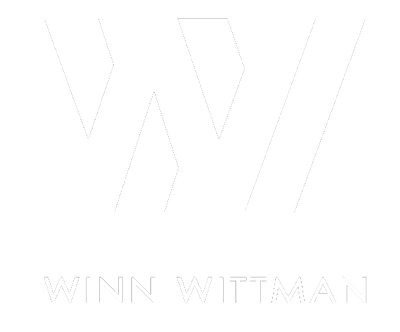In the November 2010 issue of Roger Beasley e-news, Austin architect Winn Wittman shows how you can green your new or existing home with efficient and sustainable lighting, insulation and rainwater collection.
Full text:
“What does it mean to be green? That is a question that could take a whole book not just a newsletter to address. Let’s focus on three areas that are worth considering: lighting, insulation and rainwater collection.
Lighting
Lighting is one of the first places we would look at in greening your home. You may have heard compact fluorescent bulbs called “green” because they consume far less energy than incandescents, but how green are they? Fluorescents contain mercury, a hazardous material that causes birth defects, brain damage and is difficult if not impossible to get out of the environment once it gets in. Personally I don’t recommend these bulbs for this reason. They also emit a poor light quality and there are studies that show that their light can actually make people sick who are particularly sensitive to UV light. A much better alternative is a compact LED light such as the unit pictured at below. A lamp like this will last 20 years or more and uses 1/10th the amount of electricity per lumen (unit of illumination) as incandescents. Also important is that it gives off a fraction of the heat of a traditional light bulb, resulting in lower cooling costs. The major barrier to the wholesale adoption of LED lighting is still up-front cost. One of these bulbs can cost $50. Even though it will pay for itself many times over in the course of time. Also, imagine how great it will be to not have to buy or change lightbulbs for 20 years!
Insulation
Fiberglass insulation was the standard for many years. Unfortunately, this material is a skin and lung irritant, and it tends to shift, settle and compress over time, becoming less effective. There are better alternatives. My current favorite is soy-based foam insulation. Unlike the first generation of spray foam insulation, this is a natural product which is safer and bio-degradable. Because it expands it will fill voids and is a very good sound insulator. Performance is about 50% better per inch than fiberglass insulators. The next generation of insulation lies in a product called nano-gel. Nano-gel is the lightest substance on earth and the best insulator, and it has been used in a number of high-profile architectural projects. It has the added benefit of being translucent so that walls insulated with this product can also admit daylight.
Rainwater Collection
Rainwater collection systems typically involve above-ground or in-ground plastic, metal or concrete tanks, combined with a guttering system which catches water off of a flat or sloped roof. These systems can be as simple as redirecting a downspout into a 500 gallon tank for garden use, or collecting 20,000 gallons or more — sufficient to run an entire household. We recently designed a home in rural Lampasas where the owner desired to be “off the grid”. We envisioned a large rainwater collection system from the beginning of the design process (see drawing below). These systems typically cost about $1 per gallon of rainwater collected.
Conclusion
Let us help you incorporate these technologies into your existing home or your new dream home. There are a number of incentives offered by the City of Austin, the IRS and private industry for reducing the up-front cost of green improvements. Let us look at your individual situation and help you figure out the best strategy for increasing sustainability and lowering energy costs. Give us a call at (512) 630-ARCH or visit us at www.winnwittman.com.”
